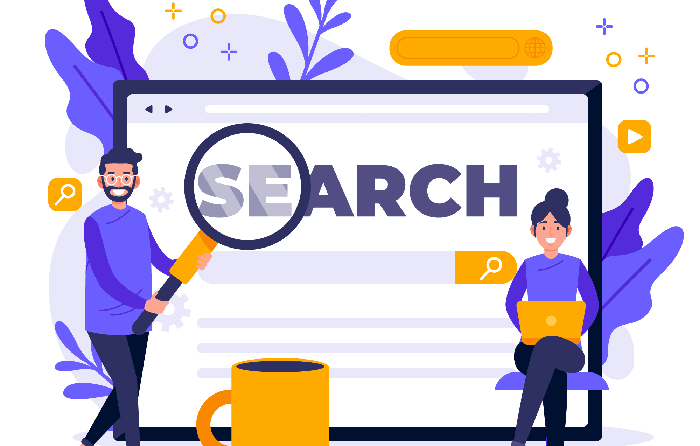5 web design ideas to keep your readers interested

1. Style from the turn of the century
The year 2000 was brought about by remembrance. Anti-design style was frequent as one century gave way to another. This maximalist design is making a comeback, with pages congested with words and a fusion of fonts. It fights back against the minimalist new trend that has taken over in 2022.
2. Greater Depth
In the past, visiting the store was the only way to get a sense of how the item appeared. More businesses are figuring out ways to make it simple to make purchases without ever setting foot inside a store. With 3D animations and AI, product reveals are more dynamic than ever. With AI, can see how everything will seem in the home, while both provide customers an overview of what something looks like. Using 3D animation to engage the audience is affordable.
3. How do we scroll
There’s always a demand to inject some life into the monotonous scrolling. Websites use inventive ways to present themselves to us and present more engaging visuals. When using dynamic scrolling features like parallax zoom and 3D images, the site becomes more enormous and offers a wonderful user experience that the visitors will love.
4. Public performance
Faster load times are still important for raising the page’s ranking in search engine results, despite the fact that Google’s Core Web Vitals and Helpful Trend Report may have modified how we develop content on our site. The only factor that will distinguish from the rival if succeeding in both creating content and designs that are user-focused is load speed. Experience is king once on the website! Increase the layout to make it easier for visitors to traverse the page. Captures visitors with features like mouse-over animations that alert them to further information by animating an object. Also, keep in mind the FAQs. Answer to the queries that users are looking for but that no one else is addressing.
5. Accessibility
Companies may have needed actual laws to enforce accessible needs, but they are now realizing the benefits of diversity. Making an effort to reach the disadvantaged masses makes sense when 15% of the world’s population—or about a billion for those who are practicing their math skills – lives with some form of handicap. Unfortunately, up until now, these potential customers have regularly been disregarded. Whether motivated by benevolence or the profit line, businesses are increasing the accessibility of their digital products and reaping the rewards. By finding an accessibility team in 2011, currently known as Meta Accessibility, which covers tools like real-time subtitles and keyboard shortcuts, Facebook set the bar for other social media platforms.
Microsoft is utilizing AI for accessibility, and Google is releasing an app called Lookout that will aid the visually handicapped in navigating their surroundings. A more accessible website can be created without having access to artificial intelligence. You can start by performing easy tasks like editing the content, reassessing the color scheme, and adding captions. The guidelines for ADA compliance are provided by Site improve, together with advice on how to make the website user-friendly for everyone. The target audience comes first.


